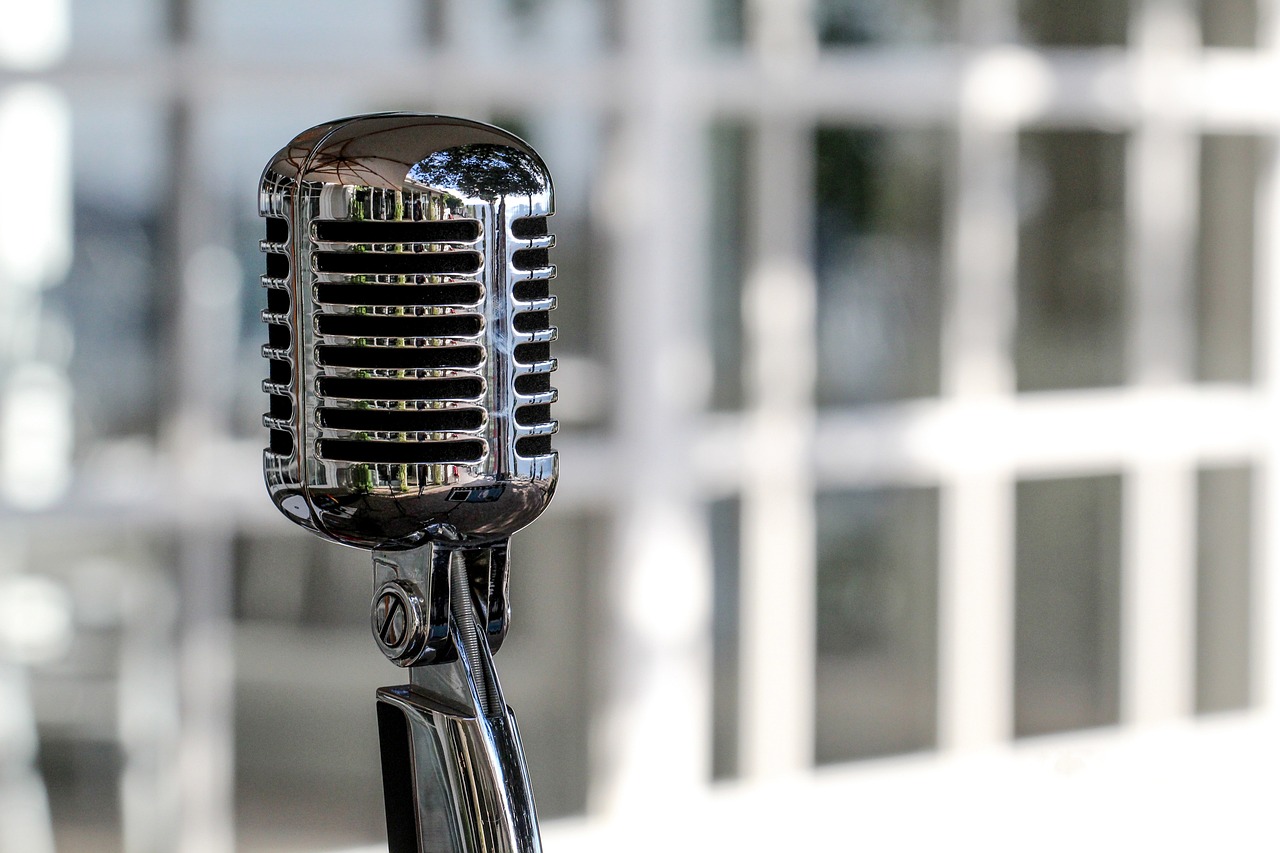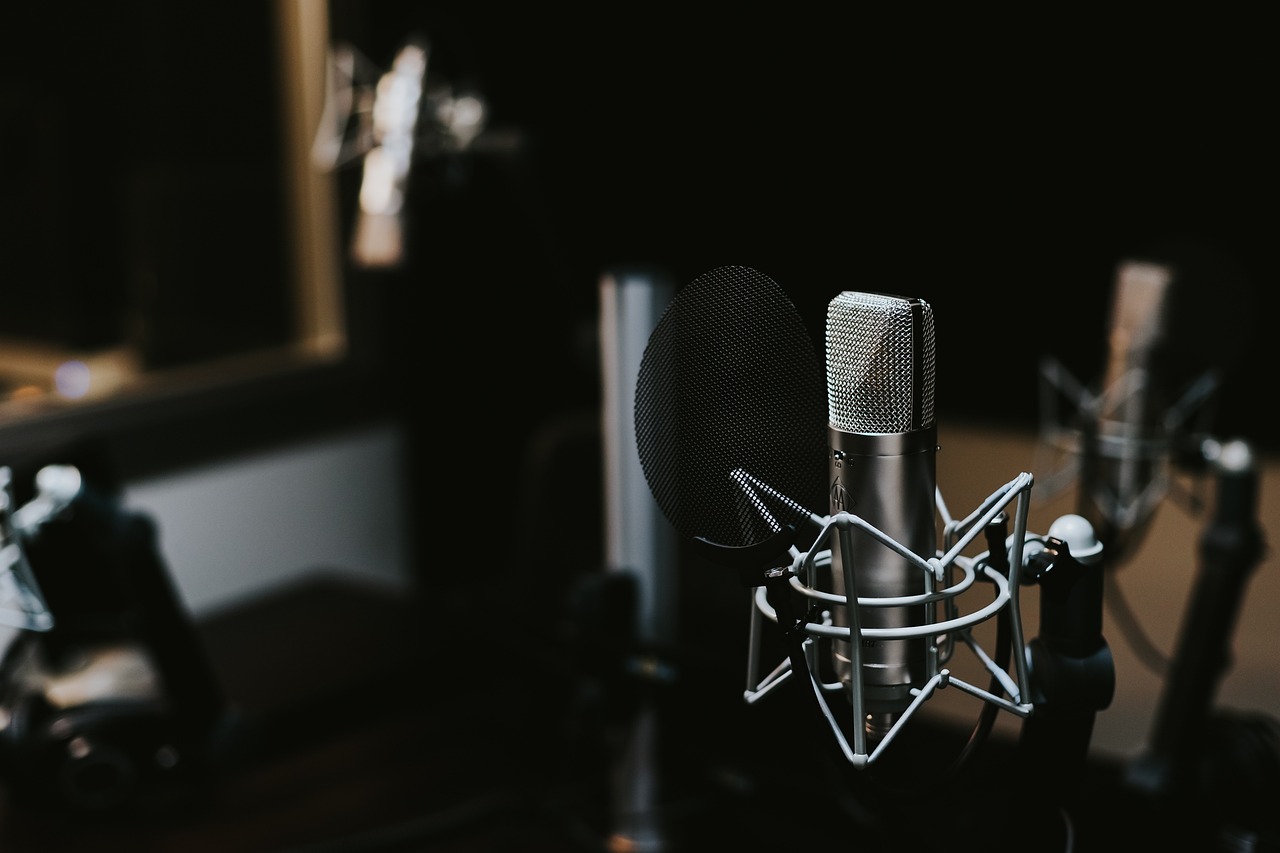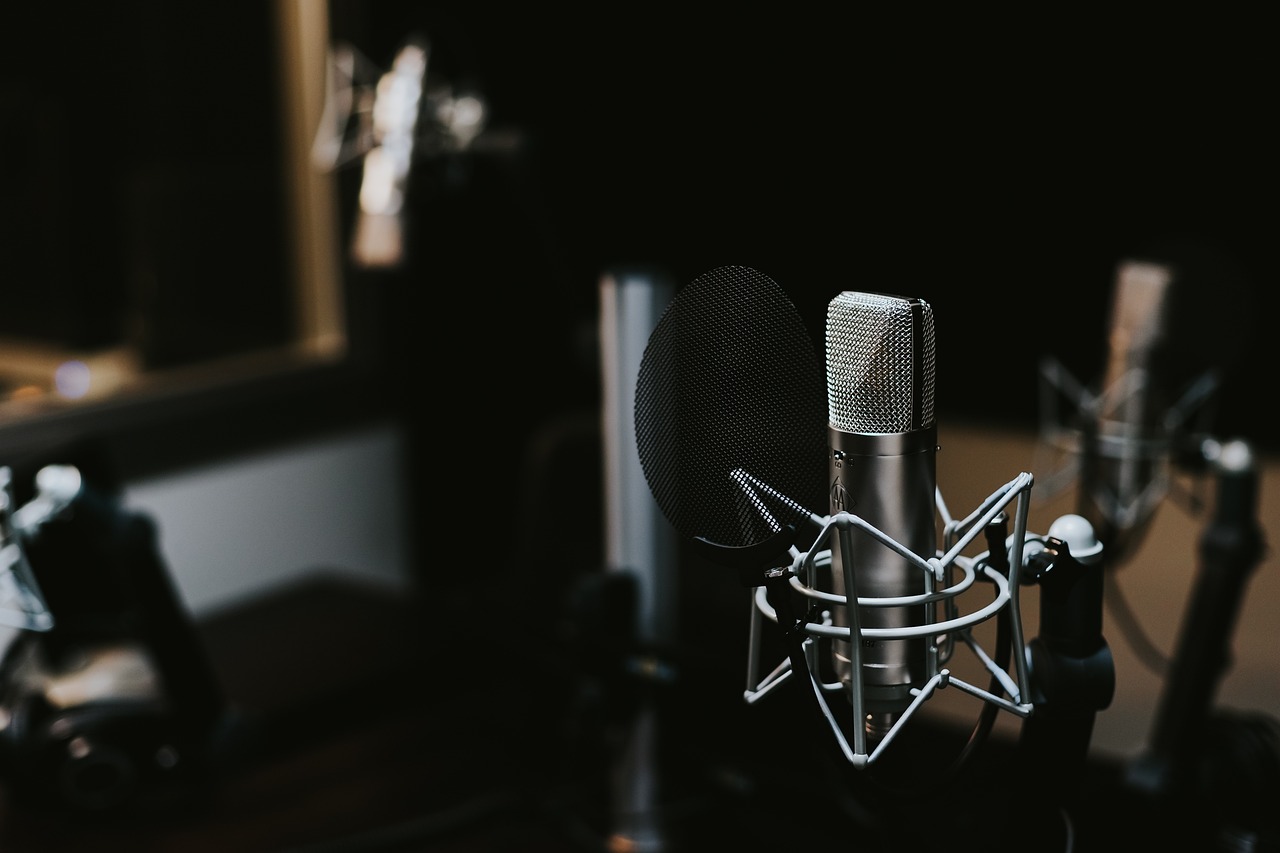In the world of podcasting, choosing the right microphone can make all the difference in delivering high-quality audio to your audience. With numerous brands vying for the top spot, it can be challenging to determine which one is the best fit for your needs. Whether you’re an experienced podcaster or just starting out, finding the perfect microphone is essential to ensuring clear and crisp audio for your podcast interviews and editing sessions. Stay tuned as we explore the top contenders and help you make an informed decision on which brand is the best for your microphone needs.
Understanding Microphone Specifications
Microphone specifications are the key to understanding the unique characteristics of different microphone models. These specifications provide valuable information about a microphone’s performance and capabilities. By understanding these specifications, you can make an informed decision about which microphone is best suited for your specific needs.
Frequency Response
The frequency response of a microphone refers to the range of audio frequencies that it can accurately capture. This range is typically measured in Hertz (Hz) and is represented graphically in a frequency response chart. A flat frequency response means that the microphone captures all frequencies equally, while a tailored response may emphasize or de-emphasize certain frequencies.
Understanding the frequency response of a microphone is crucial when choosing a microphone for a specific application. For example, if you are recording vocals, you may prefer a microphone with a flat frequency response to capture the full range of the singer’s voice. On the other hand, if you are recording instruments, you may prefer a microphone with a tailored response to accentuate certain frequencies.
Polar Patterns
Polar patterns refer to the microphone’s sensitivity to sound from different directions. There are several common polar patterns, including cardioid, omnidirectional, and figure-8. Each pattern has its own unique characteristics, and understanding them is important for capturing sound effectively in different recording situations.
A cardioid microphone picks up sound primarily from the front and rejects sound from the sides and rear. This pattern is ideal for solo performers or podcasters who want to minimize background noise. An omnidirectional microphone captures sound evenly from all directions, making it suitable for capturing the ambiance of a room or recording group conversations. A figure-8 microphone captures sound from the front and back and rejects sound from the sides, making it ideal for recording duets or interviews.
Impedance
Impedance refers to the electrical resistance of a microphone. It is an important specification to consider when connecting a microphone to an audio interface or mixer. Matching the impedance of the microphone to the input impedance of the device ensures optimal signal transfer and prevents signal degradation.
Typically, microphones have either a low impedance (less than 600 ohms) or a high impedance (over 600 ohms). Low impedance microphones are commonly used in professional recording studios, while high impedance microphones are more commonly used in live sound applications. It is important to check the impedance requirements of your audio equipment to ensure compatibility with your microphone.
Sensitivity
Microphone sensitivity refers to how effectively it converts sound pressure into an electrical signal. It is measured in decibels (dB) and indicates how loud the microphone can capture sound. A high-sensitivity microphone will pick up even the subtlest sounds, while a low-sensitivity microphone requires louder sound sources to produce a signal.
Sensitivity is an important consideration when choosing a microphone for specific recording scenarios. For example, a high-sensitivity microphone would be ideal for capturing quiet acoustic instruments, while a low-sensitivity microphone may be more suitable for handling loud rock vocals.
Other Important Specs
In addition to the specifications mentioned above, there are other important microphone specifications to consider. These include self-noise (the background noise produced by the microphone itself), maximum sound pressure level (the highest sound pressure level the microphone can handle without distortion), and dynamic range (the difference between the softest and loudest sounds the microphone can accurately capture).
Understanding these specifications will help you make an informed decision when choosing a microphone that suits your recording needs. Now, let’s take a closer look at some of the top microphone brands and their respective models.

Shure Microphones
Overview of Shure Brand
Shure is a renowned brand in the audio industry, known for its high-quality microphones and audio equipment. With a history dating back to 1925, Shure has built a reputation for delivering reliable and durable products that meet the needs of a diverse range of professionals, from musicians to broadcasters.
Popular Models
Shure offers a wide range of microphones, catering to various applications. Some of their popular models include the Shure SM58, a legendary dynamic vocal microphone known for its durability and clear sound reproduction. Another notable model is the Shure SM7B, a versatile dynamic microphone widely used in broadcasting and podcasting.
Strengths and Weaknesses
One of the biggest strengths of Shure microphones is their rugged build quality. Shure microphones are known for their durability and ability to withstand the rigors of professional use. Additionally, Shure microphones are often praised for their accurate sound reproduction and excellent feedback rejection.
However, one potential weakness of Shure microphones is their relatively higher price compared to some other brands. While they offer exceptional quality, the cost may be a limiting factor for those on a tighter budget.
Ideal Applications
Shure microphones are suitable for a wide range of applications, from live performances and studio recording to broadcasting and podcasting. The versatile nature of Shure microphones makes them an excellent choice for performers, podcasters, and audio professionals looking for reliable and high-quality audio capture.
Price Range
Shure microphones typically fall in the mid to high-end price range, reflecting their quality and reputation. Prices can vary depending on the specific model and features. While they may be a bit more expensive, many users find that the investment in a Shure microphone is well worth it for the exceptional performance and longevity they provide.
Now that we’ve explored Shure microphones, let’s move on to another top brand in the industry: Audio-Technica.

